 To enhance service speed and avoid tariff delays, we've opened a US warehouse. All US orders ship directly from our US facility.
To enhance service speed and avoid tariff delays, we've opened a US warehouse. All US orders ship directly from our US facility.
| Cat. No. | Product Name | Field of Application | Chemical Structure |
|---|---|---|---|
| DC24002 | Adrafinil Featured |
The prodrug of modafinil that is a mild central nervous system stimulant drug used to relieve excessive sleepiness and inattention..
More description
|

|
| DC24070 | ZM39923 Featured |
ZM39923 is a potent, selective JAK3 inhibitor with pIC50 of 7.1, also potently inhibits human tissue transglutaminase (TGM2) with IC50 of 10 nM.
More description
|

|
| DC20142 | γ-Aminobutyric acid (4-Aminobutyric acid) Featured |
γ-Aminobutyric acid (4-Aminobutyric acid) is a major inhibitory neurotransmitter in the adult mammalian brain, binding to the ionotropic GABA receptors (GABAA receptors) and metabotropic receptors (GABAB receptors).
More description
|
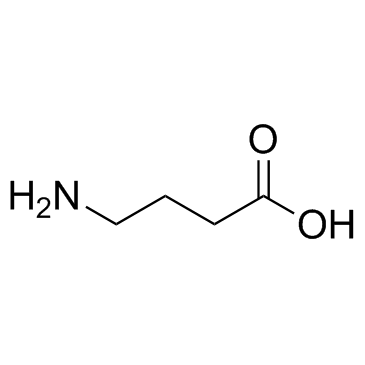
|
| DC28025 | SMALL MOLECULE COMPOUND-1 Featured |
A small molecule compound for med research purpose.
More description
|

|
| DC24059 | PI-103 hydrochloride Featured |
A potent, dual class I PI3K/mTOR inhibitor with IC50 of 2/3/3/15/ for p110α/β/δ/γ, respectively.
More description
|
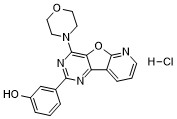
|
| DC22488 | Corticotropin-releasing factor (human) Featured |
Corticotropin-releasing hormone (CRH) is a peptide hormone involved in the stress response..
More description
|

|
| DC21684 | Ryuvidine Featured |
Ryuvidine is a potent, selective CDK4 inhibitor with IC50 of 6.0 uM, displays >30-fold selectivity over CDK2 (IC50>100 uM).
More description
|

|
| DC34066 | Propidium Iodide Featured |
Propidium Iodide is a fluorescent intercalating agent that can be used to stain cells. Propidium Iodide is used as a DNA stain in flow cytometry to evaluate cell viability or DNA content in cell cycle analysis, and in microscopy to visualise the nucleus and other DNA-containing organelles. Propidium Iodide cannot cross the membrane of live cells, making it useful to differentiate necrotic, apoptotic and healthy cells.
More description
|

|
| DC29182 | N-Acetyl-L-glutamic acid Featured |
N-Acetyl-L-glutamic acid, a N-acyl-L-amino acid, is a component of animal cell culturing media. N-Acetyl-L-glutamic acid is a metabolite of Saccharomyces cerevisiae and human.
More description
|
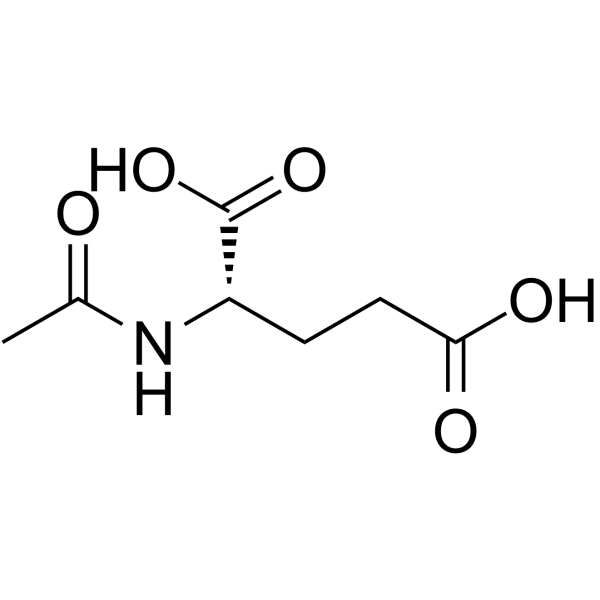
|
| DC29181 | Neryl acetate Featured |
Neryl acetate is a chemical compound isolated from citrus oils.
More description
|
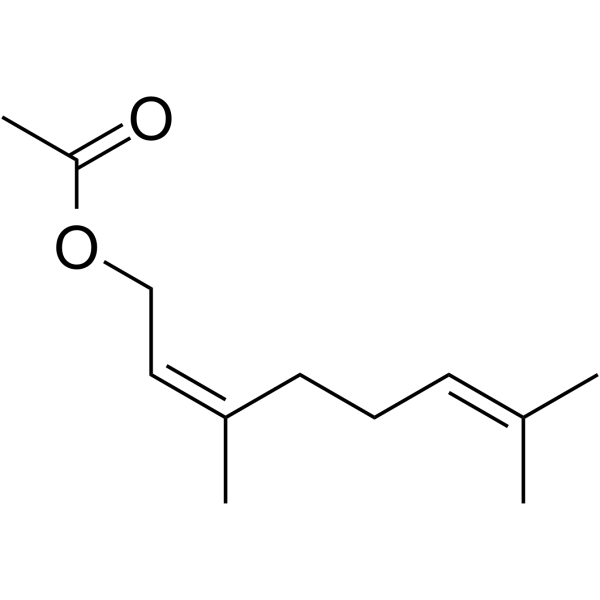
|
| DC29159 | Nonadecanoic acid Featured |
Nonadecanoic acid is a 19-carbon long saturated fatty acid. Nonadecanoic acid is the major constituent of the substance secreted by Rhinotermes marginalis to defence.
More description
|
.gif)
|
| DC28654 | NH2-PEG6-Boc Featured |
NH2-PEG6-Boc is a PEG-based PROTAC linker that can be used in the synthesis of PROTACs. NH2-PEG6-Boc is also a non-cleavable 6 unit PEG ADC linker used in the synthesis of antibody-drug conjugates (ADCs).
More description
|
.gif)
|
| DC28634 | Azido-PEG8-amine Featured |
Amino-PEG8-Azido is a non-cleavable 8 unit PEG ADC linker used in the synthesis of antibody-drug conjugates (ADCs).
More description
|

|
| DC28623 | Azido-PEG8-NHS ester Featured |
Azido-PEG8-NHS ester is a cleavable 8 unit PEG ADC linker used in the synthesis of antibody-drug conjugates (ADCs). Azido-PEG8-NHS ester is also a PEG- and Alkyl/ether-based PROTAC linker that can be used in the synthesis of PROTACs.
More description
|

|
| DC28128 | (S)-Trolox Featured |
(S)-Trolox is a analogue of vitamin E, in which the phytyl chain is replaced with a carboxyl group. (S)-Trolox is frequently used as a model compound for studies of structural features, as well as a standard for evaluation of antioxidant activity. (S)-Trolox has potent and specific neuroprotective and antioxidant effects.
More description
|

|
| DC24048 | NVP-BKM120 hydrochloride Featured |
A potent, selective, orally bioavailable inhibitor of class I PI3K isoforms with IC50 of 52 nM/166 nM/116 nM/262 nM for p110α/β/δ/γ, respectively.
More description
|

|
| DC34751 | DTSSP Crosslinker Featured |
DTSSP Crosslinker, or 3,3′-Dithiobis[sulfosuccinimidylpropionate], is a homobifunctional protein crosslinker that is cell membrane impermeable. DTSSP crosslinker can be used to crosslink extracellular and membrane proteins.
More description
|

|
| DC24068 | AVL-292 besylate Featured |
AVL-292 besylate (Spebrutinib, CC-292) is a highly selective, covalent Btk inhibitor with IC50 of <1 nM.
More description
|

|
| DC24090 | KX2-391 dihydrochloride Featured |
A highly selective, non-ATP competitive substrate-pocket-directed Src/pretubulin inhibitor.
More description
|

|
| DC29169 | Vanillin acetate Featured |
Vanillin acetate is easily synthesized from vanillin by treatment with acetic anhydride.
More description
|
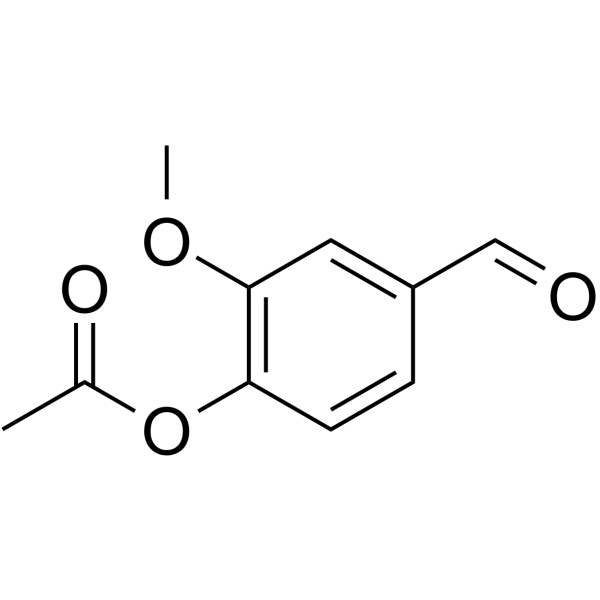
|
| DC29167 | m-PEG2-Amine Featured |
m-PEG2-Amine is a cleavable ADC linker used in the synthesis of antibody-drug conjugates (ADCs).
More description
|

|
| DC29077 | L-Carnitine hydrochloride Featured |
L-Carnitine hydrochloride ((R)-Carnitine hydrochloride), a highly polar, small zwitterion, is an essential co-factor for the mitochondrial β-oxidation pathway. L-Carnitine hydrochloride functions to transport long chain fatty acyl-CoAs into the mitochondria for degradation by β-oxidation. L-Carnitine hydrochloride is an antioxidant. L-Carnitine hydrochloride can ameliorate metabolic imbalances in many inborn errors of metabolism.
More description
|

|
| DC29067 | Spermidine trihydrochloride Featured |
Spermidine trihydrochloride maintains cell membrane stability, increases antioxidant enzymes activities, improving photosystem II (PSII), and relevant gene expression. Spermidine trihydrochloride significantly decreases the H2O2 and O2.- contents.
More description
|

|
| DC29013 | Tetraethylene glycol monotosylate Featured |
Tetraethylene glycol monotosylate is a cleavable and acylhydrazone-based ADC linker used in the synthesis of antibody-drug conjugates (ADCs).
More description
|
.gif)
|
| DC28153 | Proglumide sodium Featured |
Proglumide sodium is a nonpeptide and orally active cholecystokinin (CCK)-A/B receptors antagonist. Proglumide sodium selective blocks CCK’s effects in the central nervous system (CNS). Proglumide sodium has ability to inhibit gastric secretion and to protect the gastroduodenal mucosa. Proglumide sodium also has antiepileptic and antioxidant activities.
More description
|

|
| DC45589 | 2'-Deoxyuridine 5'-monophosphate disodium Featured |
2'-Deoxyuridine 5'-monophosphate disodium is reductively methylated to dTMP (2'-deoxythymidine 5'-monophosphate) by bisubstrate enzyme thymidylate synthase (TS). dTMP is a nucleotide required for DNA synthesis.
More description
|
.jpg)
|
| DC31650 | Dicumarol Featured |
Dicoumarol (INN) or dicumarol (USAN) is a naturally occurring anticoagulant that functions as a functional vitamin K depleter (similar to warfarin, a drug that dicoumarol inspired). It is also used in biochemical experiments as an inhibitor of reductases. Like all 4-hydroxycoumarin drugs it is a competitive inhibitor of vitamin K epoxide reductase, an enzyme that recycles vitamin K, thus causing depletion of active vitamin K in blood. This prevents the formation of the active form of prothrombin and several other coagulant enzymes. These compounds are not antagonists of Vitamin K directly—as they are in pharmaceutical uses—but rather promote depletion of vitamin K in bodily tissues allowing vitamin K's mechanism of action as a potent medication for dicoumarol toxicity. The mechanism of action of Vitamin K along with the toxicity of dicoumarol are measured with the prothrombin time (PT) blood test. (Source: https://en.wikipedia.org/wiki/Dicoumarol).
More description
|

|
| DC45134 | 2′-O-Methyluridine Featured |
2'-O-methyluridine is found in rRNA, snRNA, snoRNA and tRNA of Archaea, Bacteria, and Eukaryota.
More description
|

|
| DC45590 | Disodium 5'-dGMP Featured |
2'-Deoxyguanosine 5'-monophosphate disodium (5′-dGMP disodium) is a mononucleotide having guanine as the nucleobase. 2'-Deoxyguanosine 5'-monophosphate disodium is a nucleic acid guanosine triphosphate (GTP) derivative.
More description
|
.jpg)
|
| DC33388 | Amphotericin B Featured |
Amphotericin B binds ergosterol and induces membrane pore formations, increasing ROS and suppressing fungal growth. It also increases expression of IL-1-beta, TNF-alpha, BDNF and GDNF and protects against prion-induced neurodegeneration.
More description
|
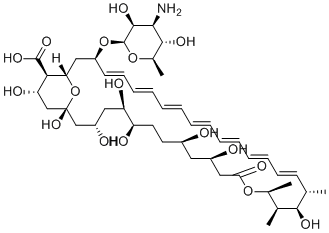
|